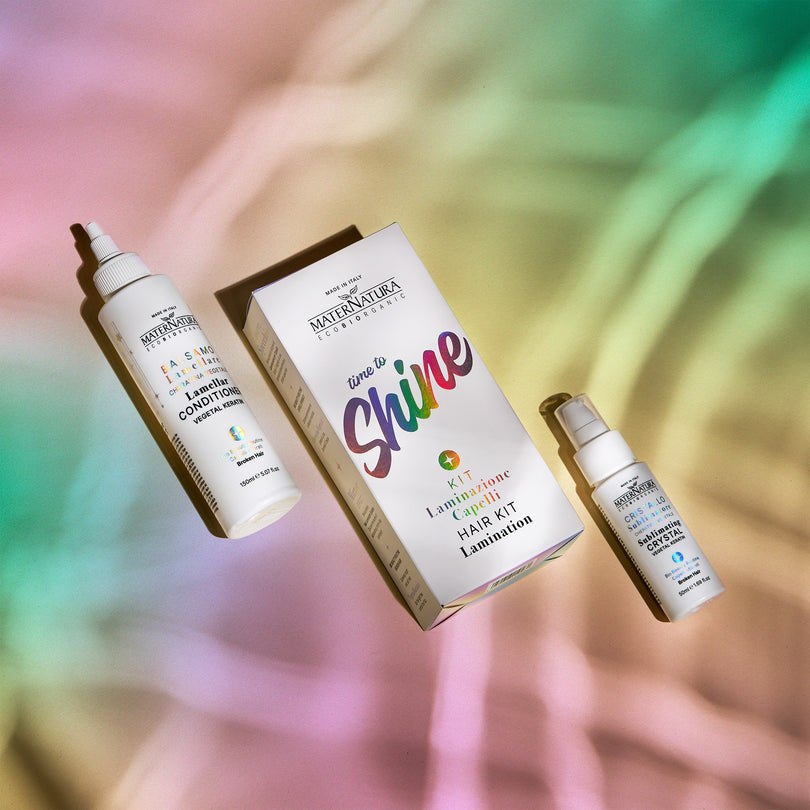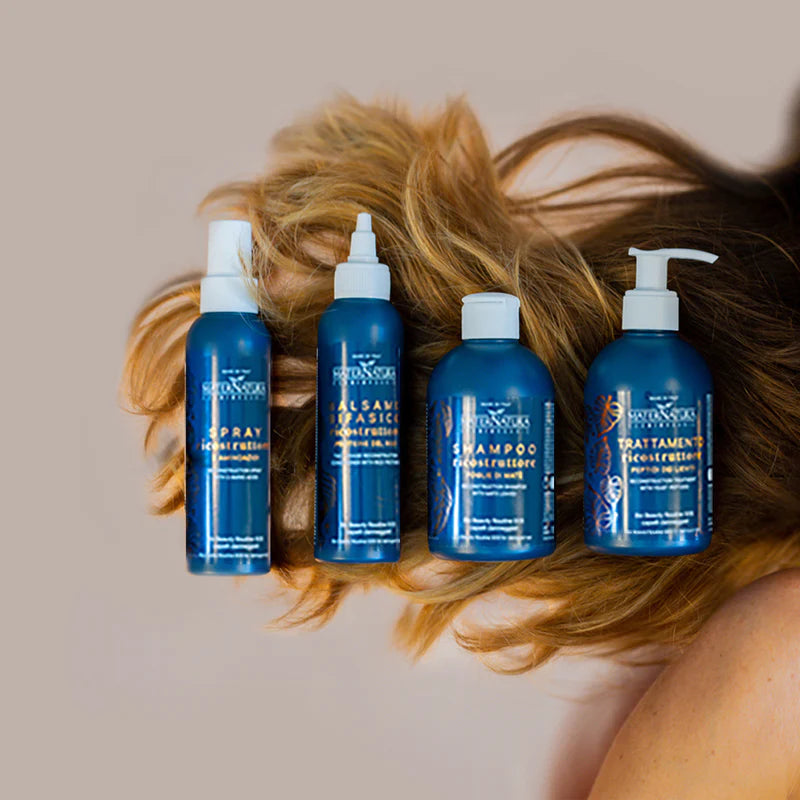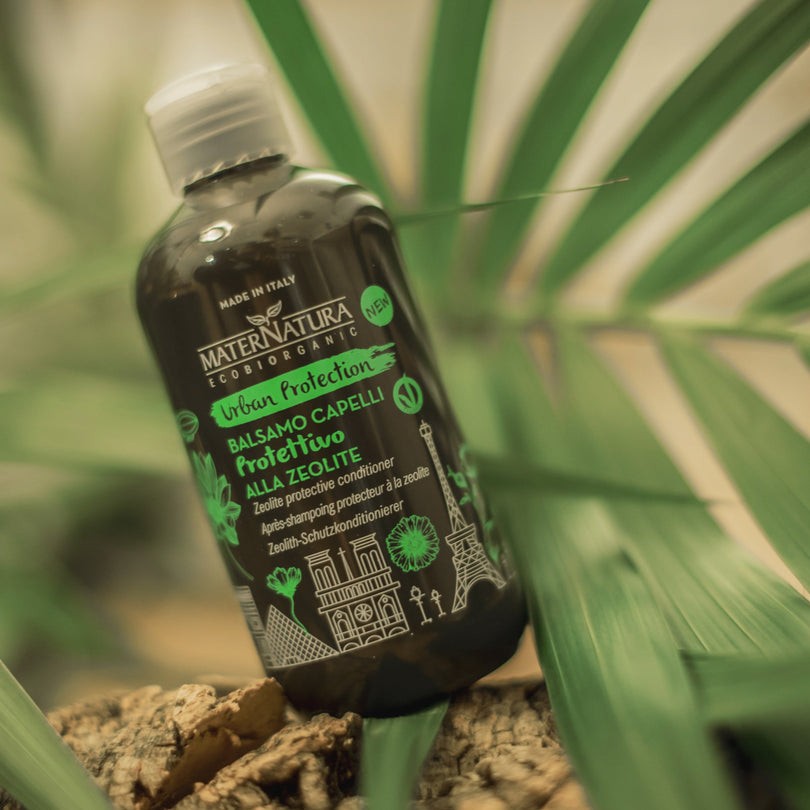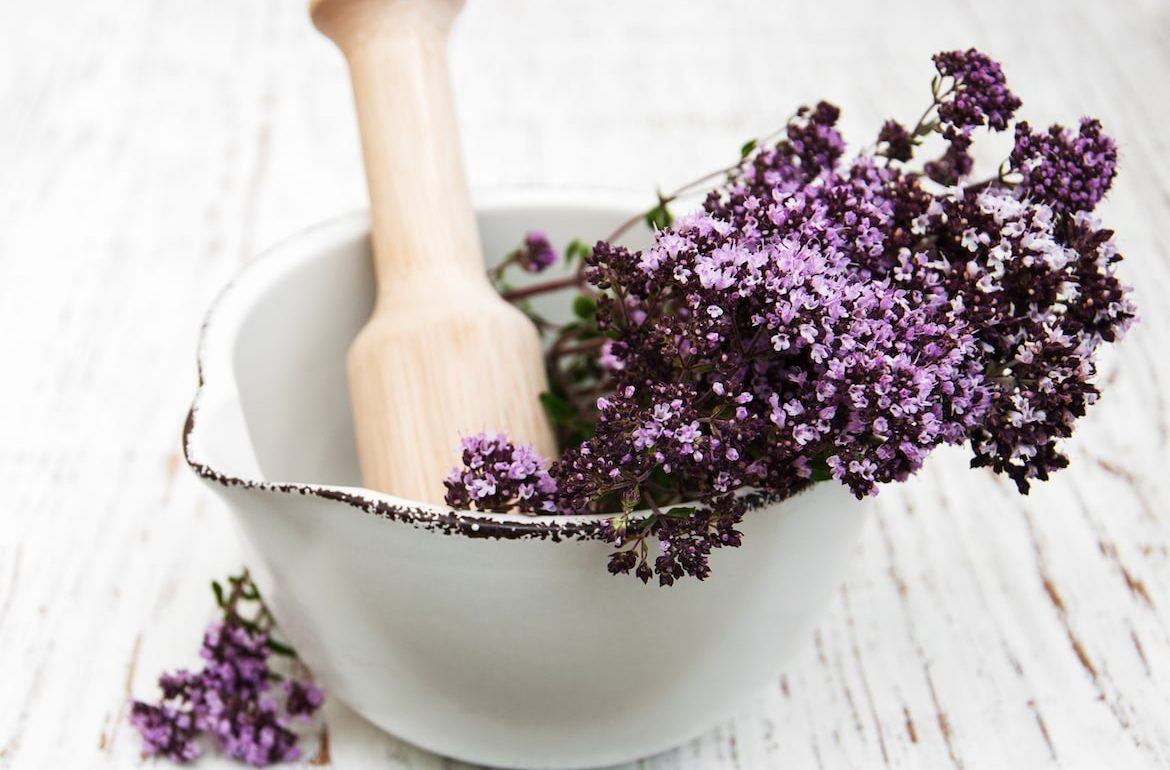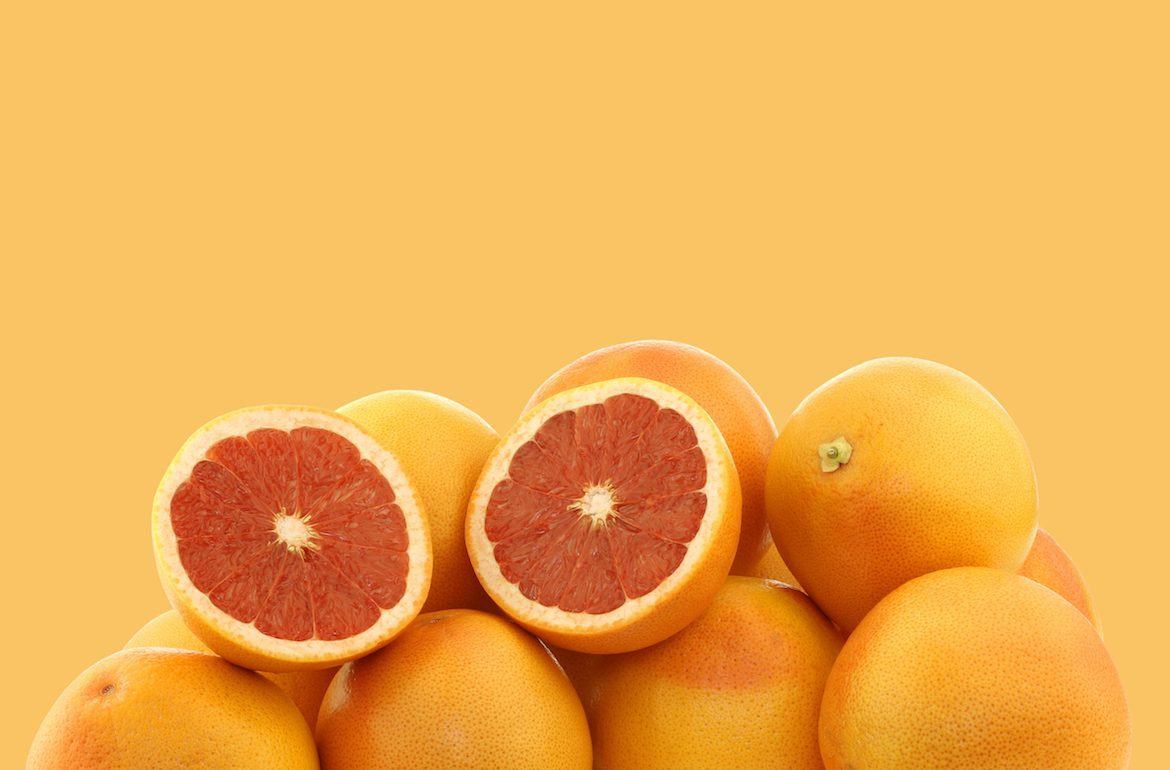But how do you manage it, starting from the petals (rose), from the leaves (eucalyptus), from the wood (sandal), from the rind of the fruit (lemon), from the seeds (cumin), from the roots (sassafras), from the rhizomes (juniper) , from resin (pine, incense)… to obtain an essential oil?!
The various methods available to us are characterized by the di erent qualitative and quantitative yield.
Cold pressing
This method concerns the essential oils of the fruit peel, as in the case of citrus fruits such as lemon, orange, tangerine, which contain the greatest quantity of essences in superficial areas, i.e. in the rinds. Today there are very sophisticated machines (presses or hydraulic presses) which simultaneously squeeze the citrus fruit and extract the essences from the peel. On the one hand, this method is preferable to the others, because it does not subject the vegetable to chemical or thermal treatments, on the other, it requires guarantees as to its origin, because the essential oil can be contaminated by any substances present on the surface of the plant.
Steam distillation
The vegetable to be distilled, e.g. lavender, mint etc., is placed in stainless steel containers. The steam produced by an independent boiler is passed upwards in these containers, so that it penetrates the plant tissues and releases the essential oils. The steam is then collected and cooled through a coil. Piped into a larger container, the lighter essential oil separates from the water vapor condensed into water.
Some vegetables must first be dried, as they do not have oil when fresh (for example, iris). For some plants, on the other hand, the distillation must be carried out immediately after harvesting otherwise, within a day or two, the quantity of essential oil is halved.
Steam distillation is used for most aromatic plants: cinnamon, oregano, cloves, lavender, hyssop, geranium, mint, basil, rosemary, thyme, sage, sandalwood, ylang ylang, fennel, cypress, juniper etc. and it is reserved for those essential oils that are not very soluble in water and whose constituents are not altered by heat.
Since the essential oil separates from the water vapor with cooling, a "by-product" of distillation is obtained: aromatic waters or hydrolates. In reality, distilled water, hydrolate or floral water, if you prefer, is impregnated with essential oil (less than 5%) and other water-soluble active ingredients generally not present in essential oils, for this reason hydrolates can have therapeutic e ects very valid and interesting. The hydrolates enclose the aroma of the plant in a less defined form than the essential oil, but still e ective. The skin enjoys their beneficial e ects: for washing babies, to tone the skin of the face, for intimate hygiene, to refresh oneself during travel, to refresh the sick, to rub the scalp, to rinse the mouth, for eye baths… and more.
How to take hydrosols internally? Dilute a couple of tablespoons of hydrosols, e.g. rose water or juniper water, in a bottle of mineral water (possibly with low electrical conductivity) and drink during the day.
How much water should you drink during the day? At a minimum you should drink 30 ml of water for every kg of body weight. If you weigh 60 kg 30 x 60 = 1,800 l. If you drink more, it's better.
Other methods
In vacuum distillation, carbon dioxide (CO2) in supercritical conditions (pressure and temperature for which it assumes an indistinct state between the vapor phase and the liquid phase) allows a better penetration and extraction of the essences.
Molecular distillation is a special system which allows the dry distillation of very viscous substances and certain fractions of essential oils sought for cosmetics or medicines using high pressures.
Solvent extraction is used in two cases: in the case of plants and flowers that do not release essential oil with steam extraction, industrially to produce larger quantities of essential oil. In the extraction with solvents the essence is called absolute and not essential oil, the absolute is not recommended for internal use, since it could contain some traces or in any case the "memory" of the solvent (extraction with alcohol in the case of vanilla, benzoin, etc. ).
Once upon a time there were also more artisanal and ineffective methods such as enfeurage (in prayer), in which a layer of flowers or herbs was deposited on surfaces covered with fat (for example pork fat) which would have yielded their aroma to the underlying fat. Subsequently the fatty substance was separated from the pure essence.
Sometimes in the cosmetic industry oe are extracted with poisonous solvents such as benzene or Hexan and others, through which a greater quantity of extract is obtained. To separate the solvent from the essence it is then evaporated. Unfortunately there are always traces of it in the o.e., so its use is inadvisable, especially by oral route.
We must always prefer the oe extracted with low pressure steam or cold pressed by houses that carry out quality control of their product.



